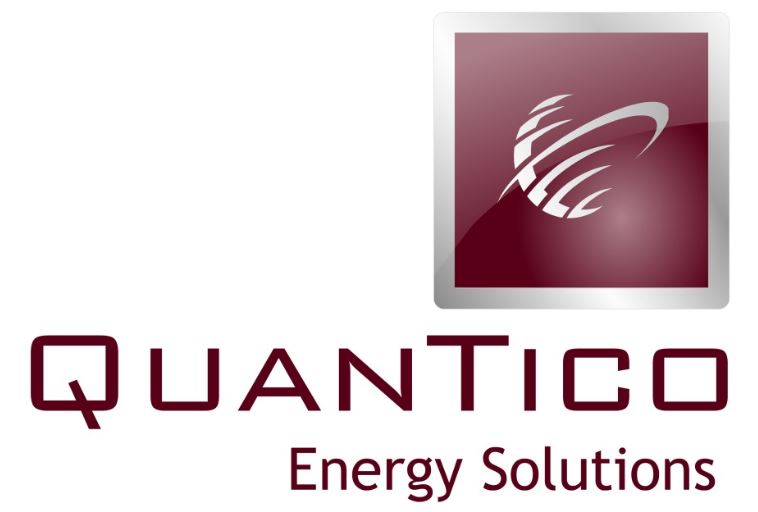Data Science and Machine Learning SIG: Opportunities and Challenges of Deep Learning in E and P: ...- Mar 10th

Complete Title: Opportunities and Challenges of Deep Learning in E&P: A Sneak Peek on a Couple Applications Sponsored By: Quantico
Online only event - You must pre-register to receive access information.
You must be logged in to register.
Speaker: Pandu Devarakota, Shell Global Solutions
Applications of deep learning techniques in image analysis have recently increased in the domain of geoscience and seismic imaging. Dozens of papers have been published in this domain, most of which use the now well-established supervised learning paradigm. Majority of these approaches focus on solving one task at a time and ignore the richness of presence of many other structures in the vicinity and their correlation with the task of interest at hand. As a result of this, these approaches work best in solving the identification of simple structures in the shallow areas of the survey where the signal-to-noise ratio is high and struggle in deeper areas as the signal becomes weaker. In addition, it is a challenge to acquire the right data and quality labels to train the deep learning models for some of the fundamental yet persistent challenges in geoscience. In this talk, we present two recent applications of deep learning in seismic processing that are targeted to reduce the cycle time of seismic processing projects.
In the first example, we present the concept of learning multiple related tasks and demonstrate on a use case that the multi-task learning (MTL) learns common representations of related tasks (salt body and salt boundary) and improves the accuracy of identifying and segmenting salt boundary structures even in those areas where the signal is dim and fuzzy. In the second example, we reconstruct the regularly and irregularly missing in narrow-azimuth (NAZ) data using an encoder-decoder style convolutional neural network. One key challenge in NAZ is the sparsity of densely sampled data. Unlike prior approaches, we focus on using real NAZ field data for this study that pose an additional challenge with the presence of random and coherent noise in the data. Field data is manipulated to generate several missing seismic trace scenarios (e.g. regular and irregular with small to large number of missing traces). This data together with the original complete data is used to train an auto-encoder network. The results on unseen (“blind”) field data show the effectiveness and generalization ability of the proposed approaches for accurately reconstructing the missing seismic data.
Speaker Biography: Pandu Devarakota, Shell Global Solutions
Pandu Devarakota is a Team Lead Subsurface and Wells at Shell Global Solutions USA. Pandu and his team are developing a range of technologies from machine learning to deep learning that are focusing on making advancements in AI adoption under Shell’s artificial intelligence (Shell.ai) initiative. Pandu is currently acting as a Chair of Data Standards subcommittee in the SEG SEAM AI project. Pandu had a PhD in Signal Processing from the Royal Institute of Technology (KTH), Stockholm, Sweden in 2008 and is practitioner of machine learning techniques in solving many real-world problems. Earlier in his career, he worked for Siemens as a Research Scientist and contributed to the development of various computer aided diagnosis products for detecting early stage of cancer. He led a team in Canon, developing GPU-accelerated next generation of healthcare IT products.
** Access information will be sent to all registrants after registration closes.
THANK YOU TO OUR SPONSOR:
